1. Monitors Throttle Valve Position
- The TPS continuously monitors the position of the throttle plate (valve) inside the throttle body. It sends this information to the Engine Control Unit (ECU), which uses it to adjust various engine parameters such as fuel injection, ignition timing, and air-fuel mixture.
2. Precise Engine Power Control
- The sensor allows the ECU to adjust the throttle response based on how much the throttle is open. This ensures smooth acceleration and deceleration, providing optimal power and fuel efficiency under different driving conditions.
- It plays a significant role in determining how much fuel is injected into the engine, depending on the throttle position.
3. Improved Fuel Efficiency
- By ensuring the correct amount of fuel is injected based on the throttle input, the TPS helps optimize combustion efficiency. This contributes to better fuel efficiency, especially during various driving modes (idling, acceleration, cruising).
4. Supports Cruise Control Systems
- In vehicles equipped with cruise control, the TPS helps regulate and maintain the set speed by continuously measuring throttle position and adjusting engine performance to maintain constant speed.
5. Helps with Idle Speed Control
- The TPS allows the ECU to monitor and adjust the engine’s idle speed. This helps ensure stable engine operation at low speeds, preventing stalling or rough idling.
6. Analog or Digital Signal Output
- The TPS can provide either analog or digital signals to the ECU:
- Analog sensors generate a variable voltage (usually 0-5V) based on the position of the throttle.
- Digital sensors may use a more sophisticated system such as a Hall-effect sensor or potentiometer to produce a digital signal.
7. Supports Drive-by-Wire (Electronic Throttle Control)
- In modern vehicles, many systems use drive-by-wire technology, which eliminates the mechanical link between the accelerator pedal and the throttle body. The TPS works with the Throttle Actuator Control System (TACS) to electronically control throttle movement, providing smoother and more responsive throttle control.
8. Enhances Emissions Control
- The TPS helps regulate the air-fuel mixture based on throttle input, optimizing combustion and reducing emissions. It ensures that the engine runs efficiently across different loads and speeds, which helps meet emissions standards.
9. Detects Throttle Opening and Closing Rates
- The TPS measures the rate at which the throttle valve opens or closes, which is useful for detecting rapid acceleration or deceleration. This information is vital for adjusting engine performance, such as fuel delivery and timing.
10. Error Detection and Diagnostic Codes
- When the TPS fails or provides inconsistent readings, it can trigger a Diagnostic Trouble Code (DTC) in the vehicle’s On-Board Diagnostics (OBD) system. Common error codes include TPS performance issues, circuit malfunctions, or incorrect readings, which can be diagnosed using an OBD scanner.
- A malfunctioning TPS can cause problems like rough idling, erratic acceleration, poor fuel economy, or stalling.
11. Built-in Fail-Safe Mechanisms
- Modern TPS units are designed with fail-safe features to prevent engine damage in the event of sensor failure. If the sensor malfunctions, the ECU may default to a safe mode, such as limiting throttle input or activating a limp mode to avoid damage.
12. Compact and Durable Design
- The TPS is generally a small, compact sensor that fits directly on the throttle body or is integrated into the throttle assembly.
- It is built to endure extreme conditions, such as high engine temperatures, vibrations, and exposure to contaminants like dust, dirt, and oil.
13. High Precision and Sensitivity
- The sensor is designed for high precision to provide accurate throttle position data. Small variations in the throttle input are quickly detected by the TPS, enabling the ECU to make real-time adjustments for smooth engine performance.
14. Seamless Integration with Other Sensors
- The TPS works in conjunction with other sensors such as the Mass Air Flow (MAF) Sensor, Engine Coolant Temperature (ECT) Sensor, Crankshaft Position Sensor, and Camshaft Position Sensor to ensure optimal engine management, improving overall performance, fuel economy, and emissions control.
15. Variety of Mounting Configurations
- The throttle position sensor is typically mounted directly on the throttle body, but some vehicles may have it integrated into the throttle actuator assembly or may use multiple sensors for redundancy and accuracy.


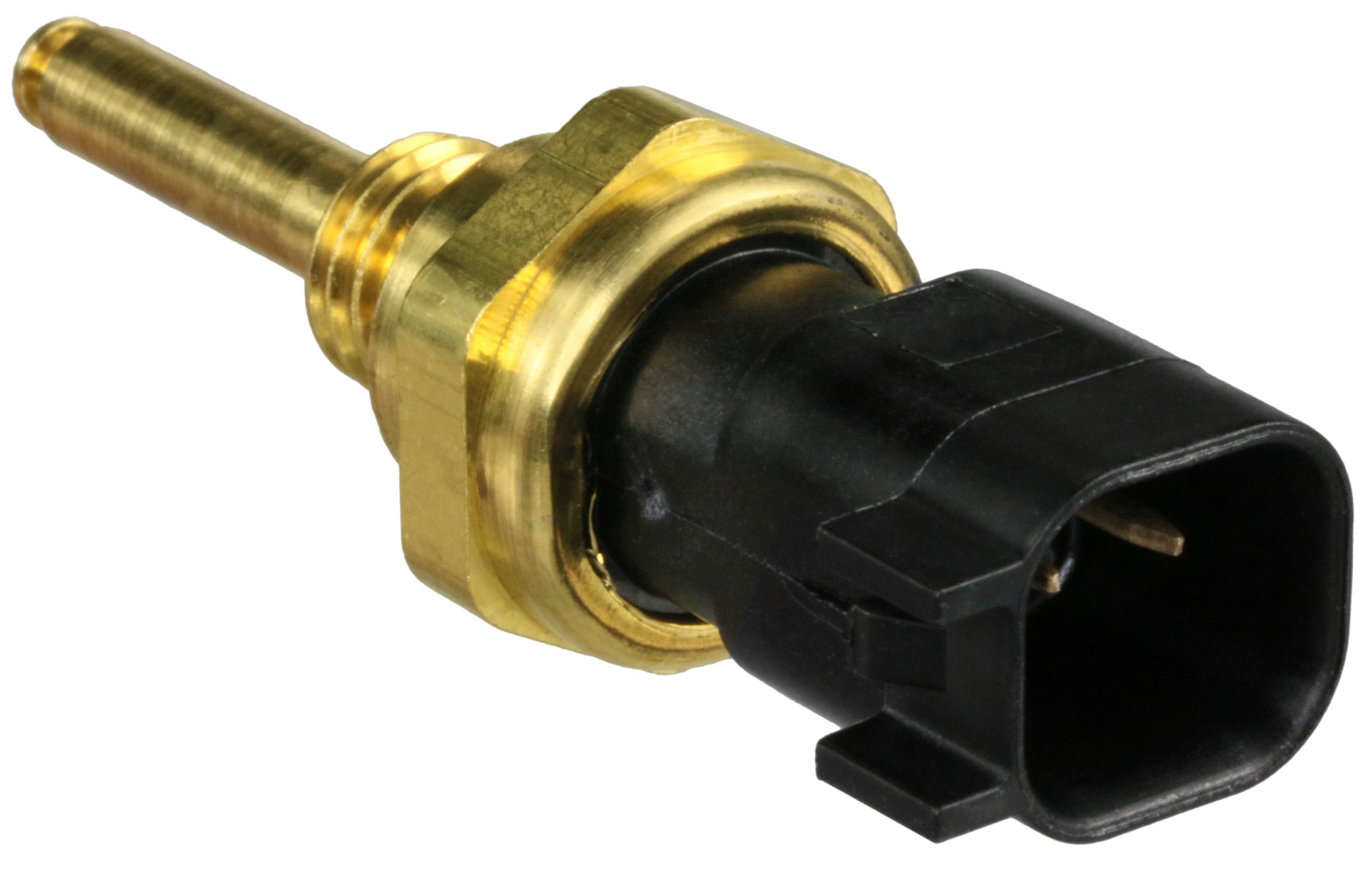
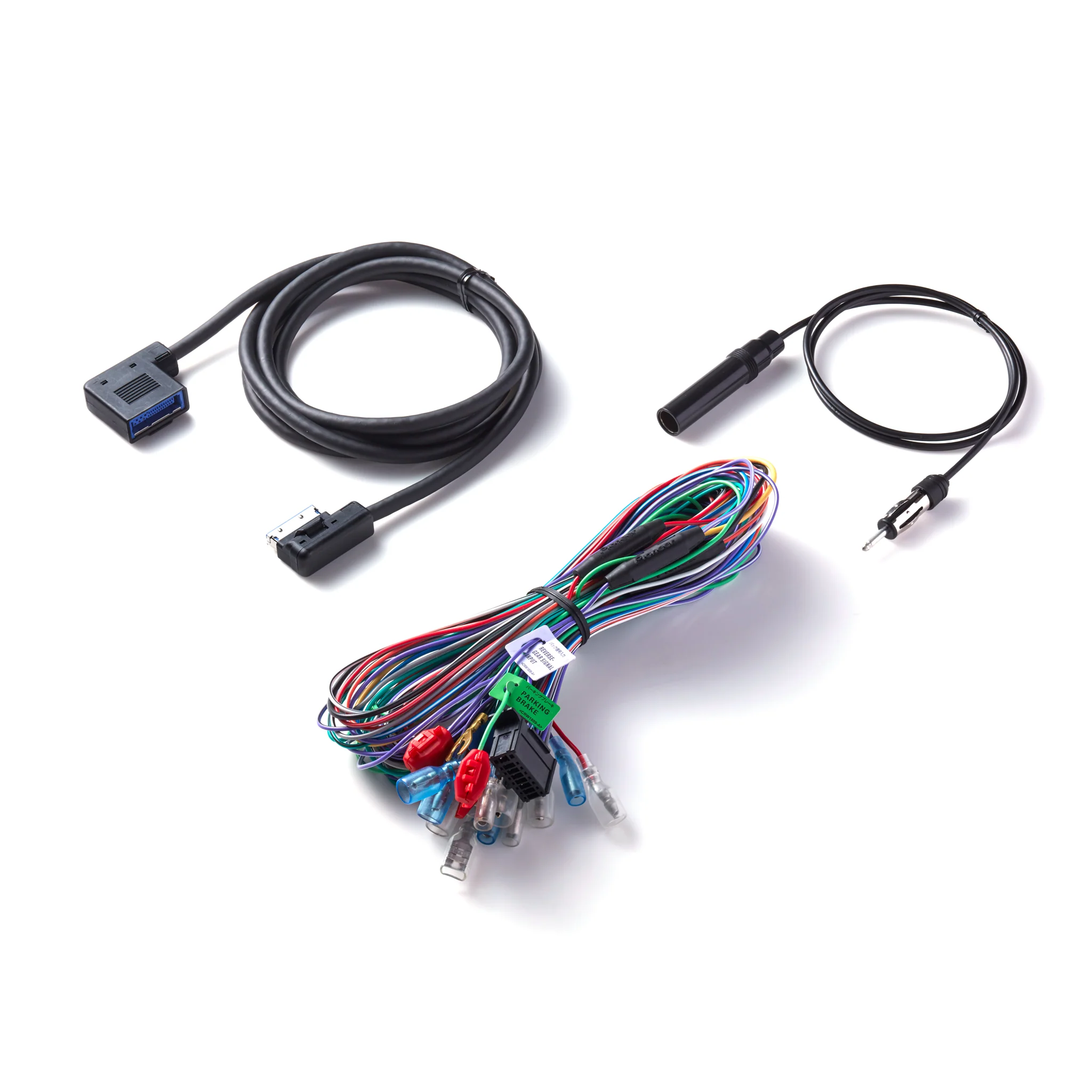
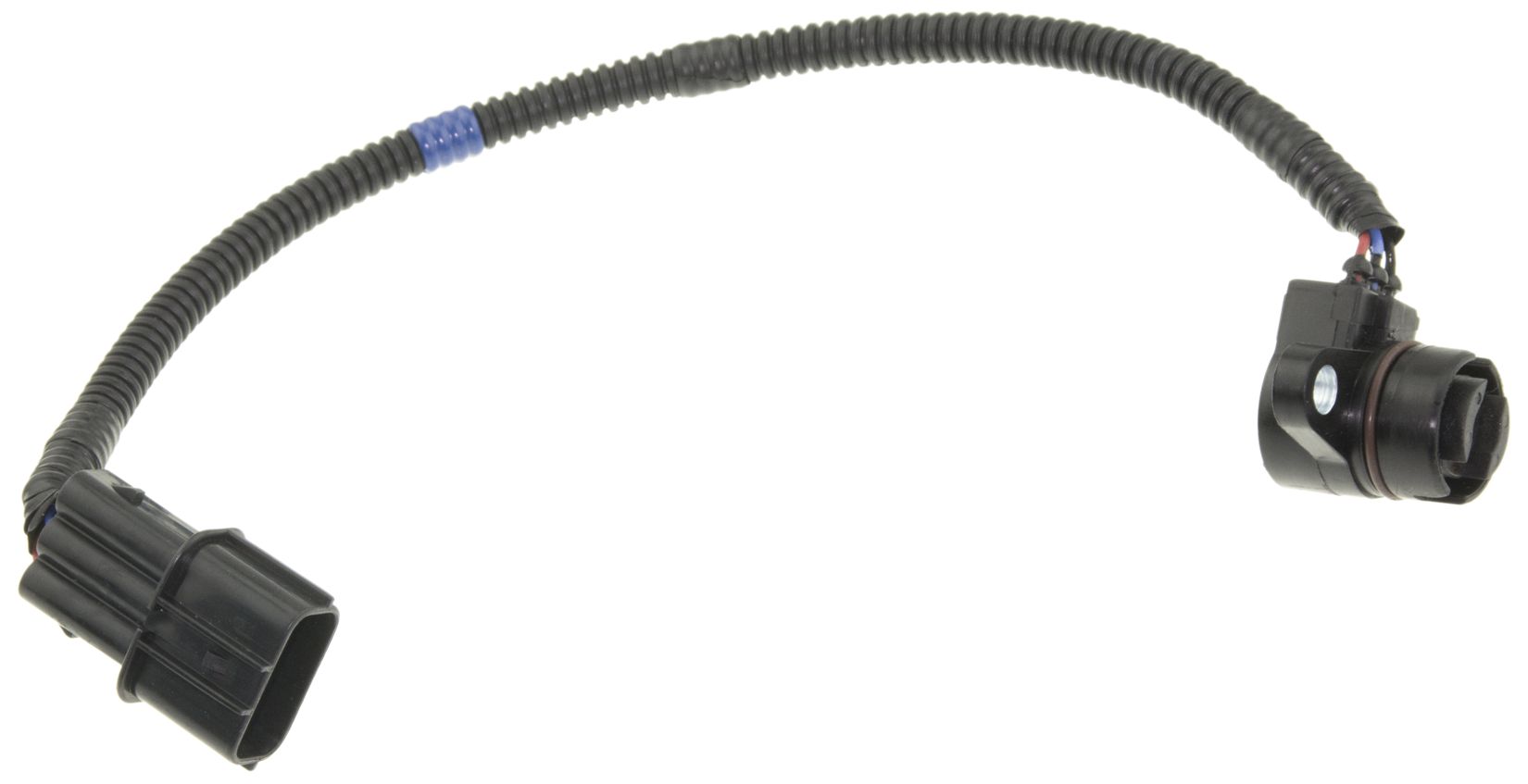
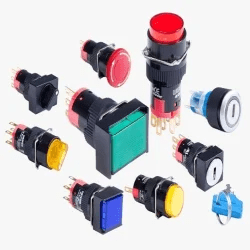
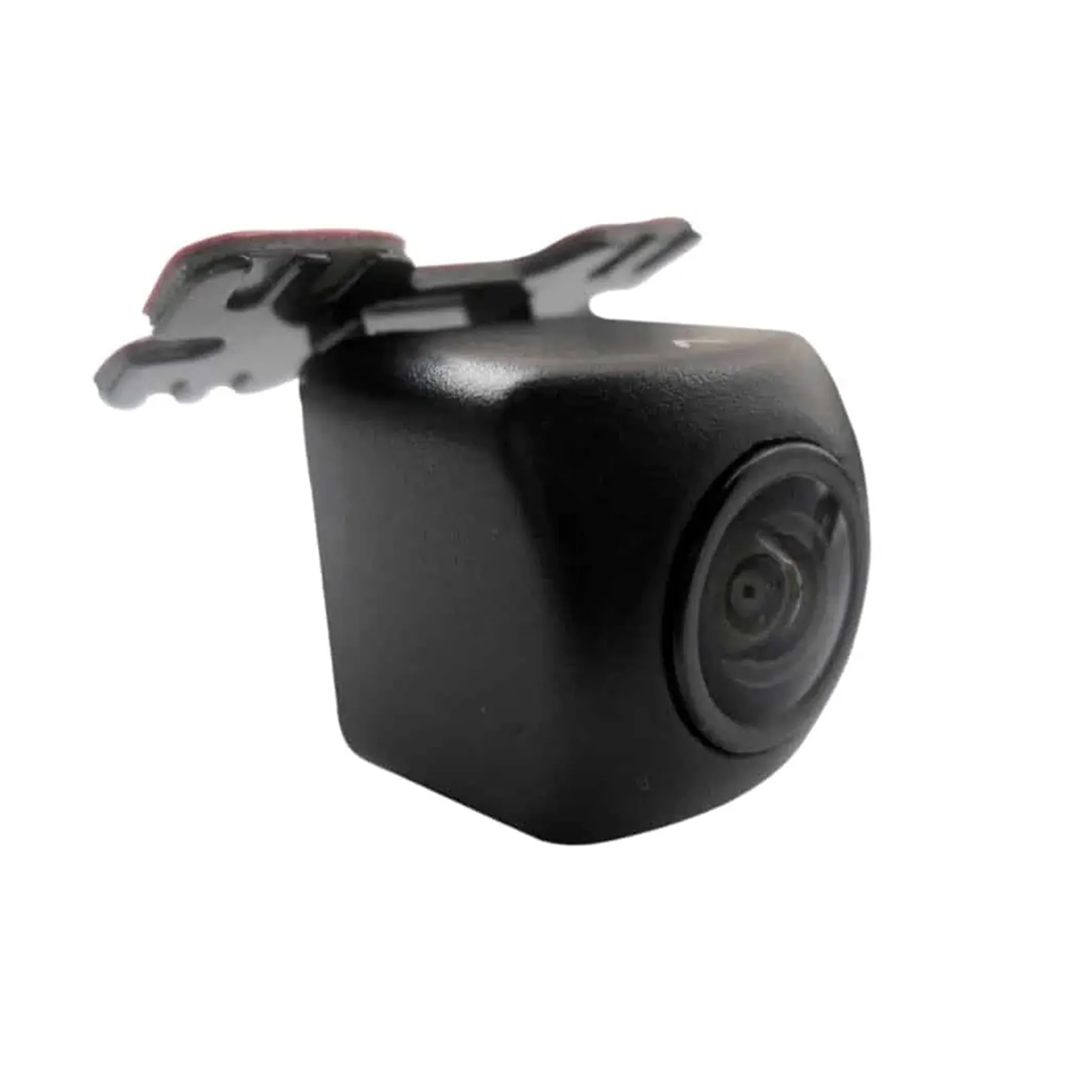


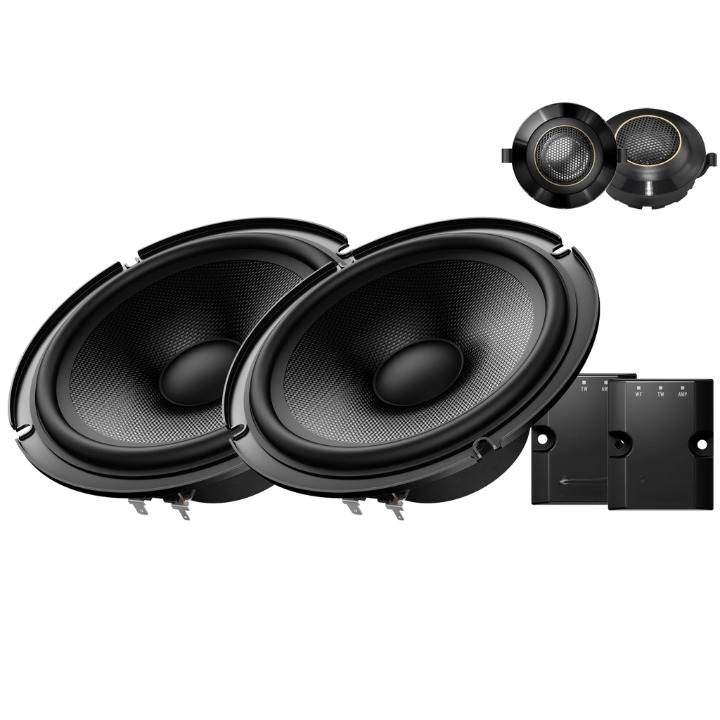

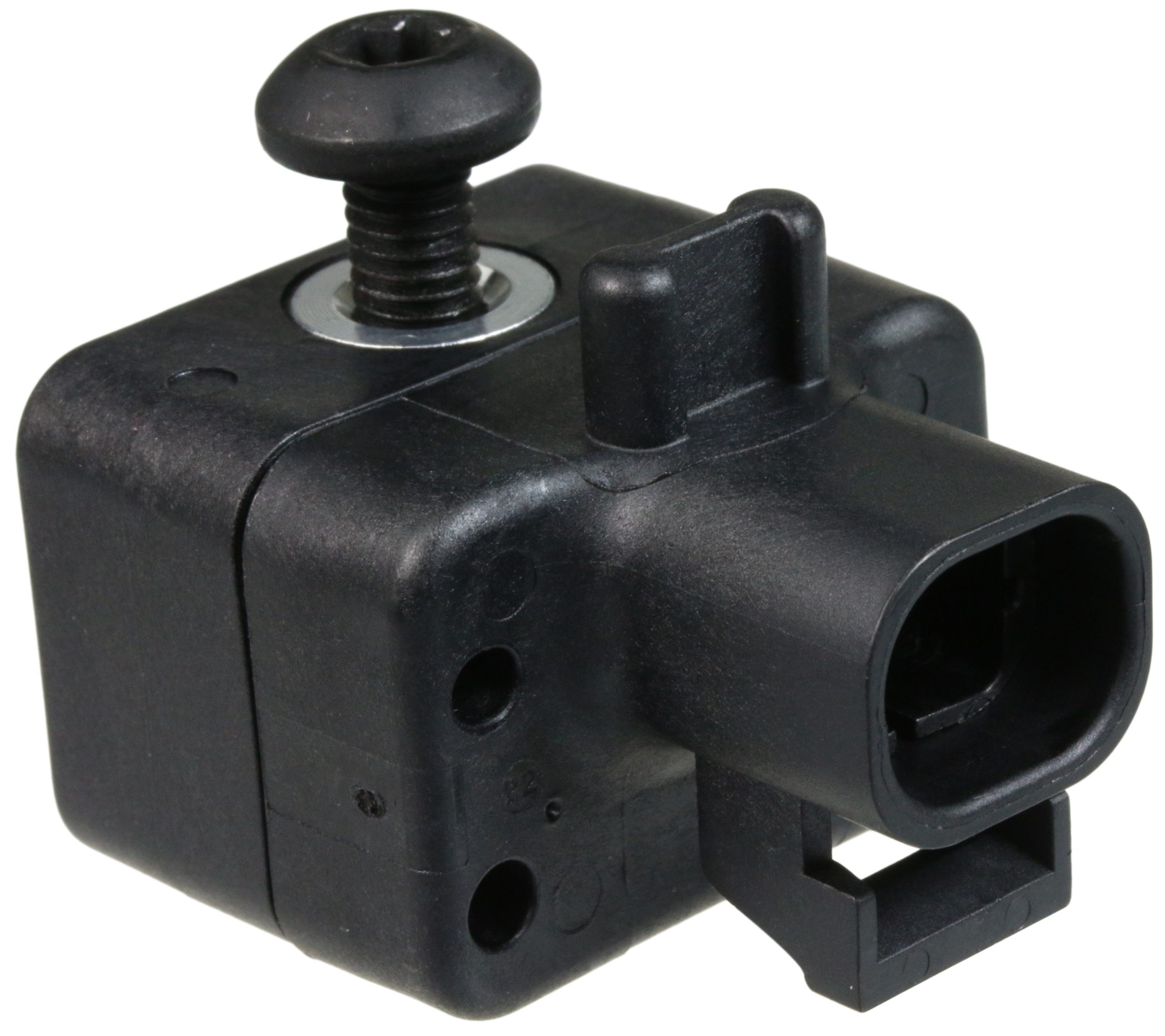

There are no reviews yet.